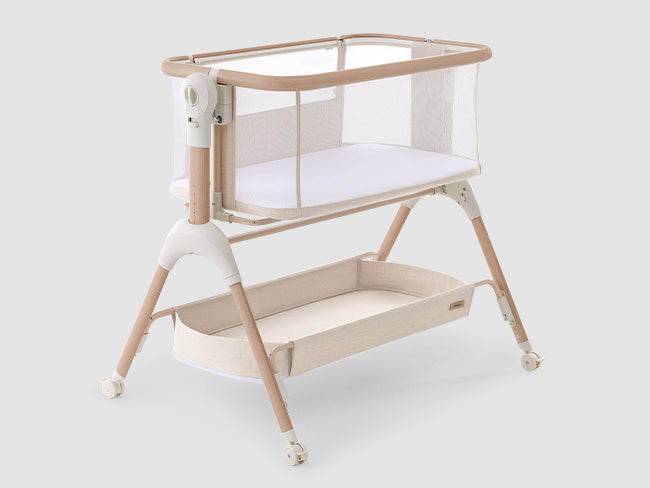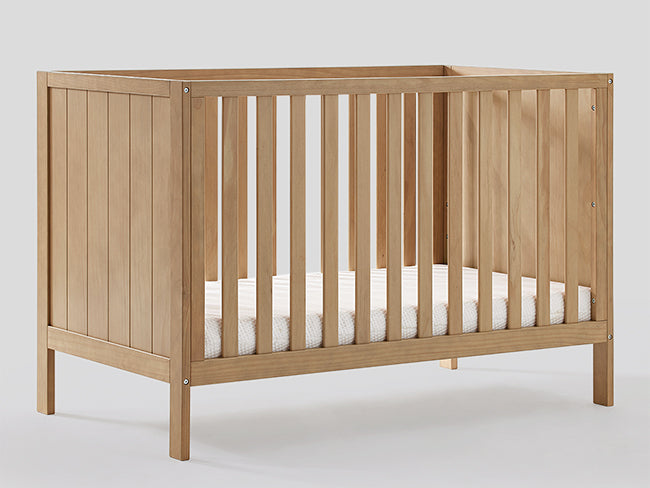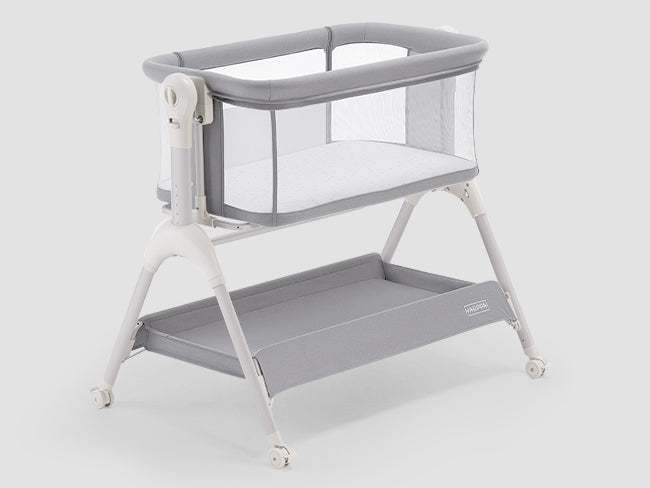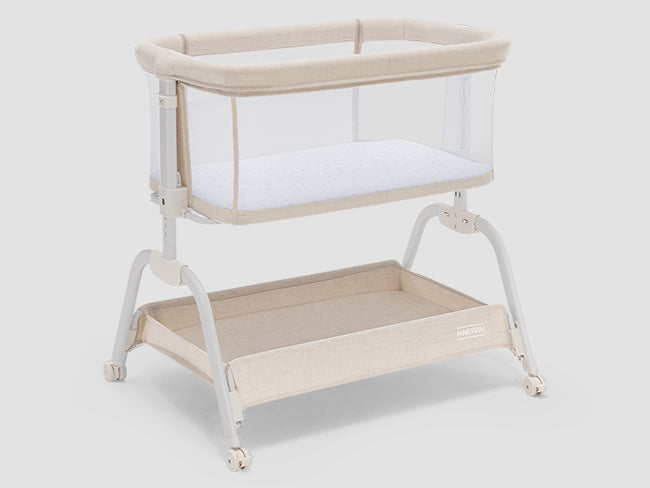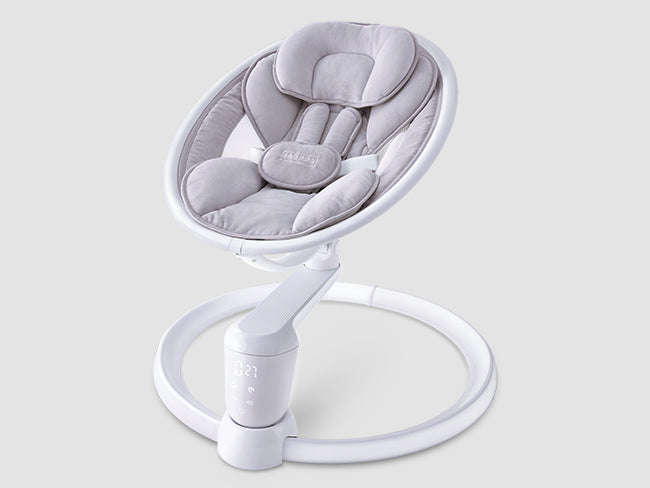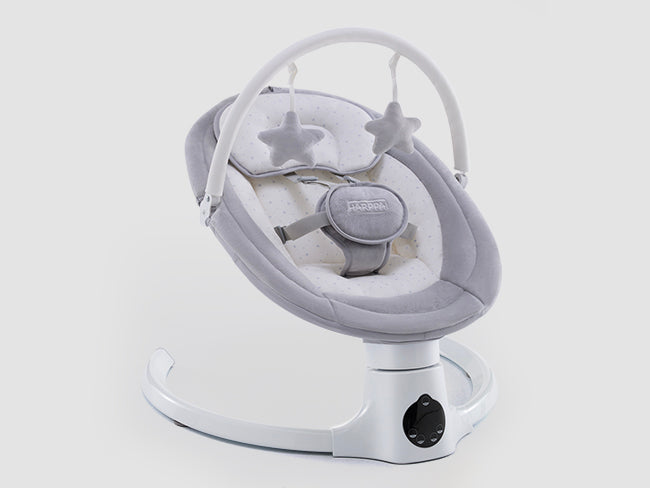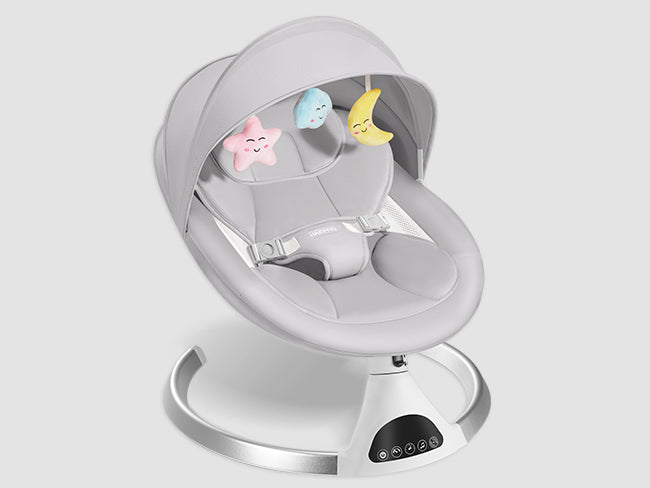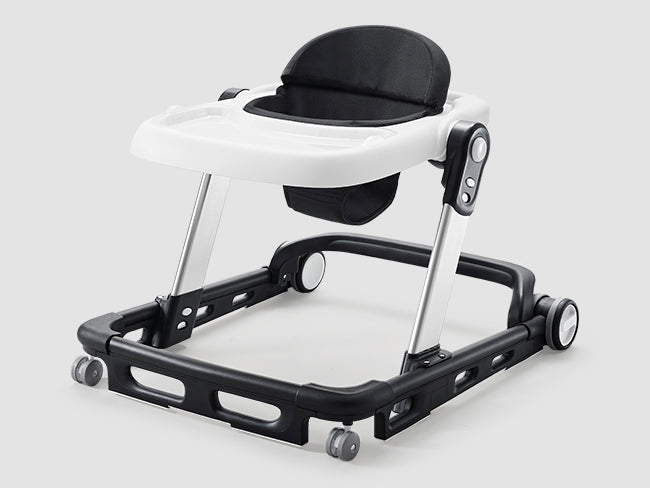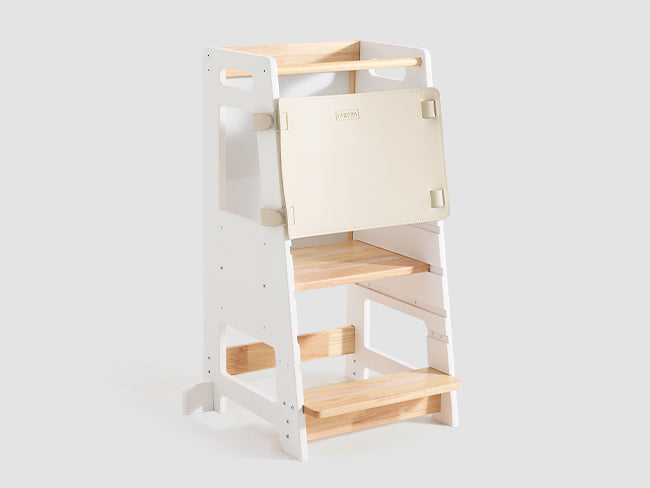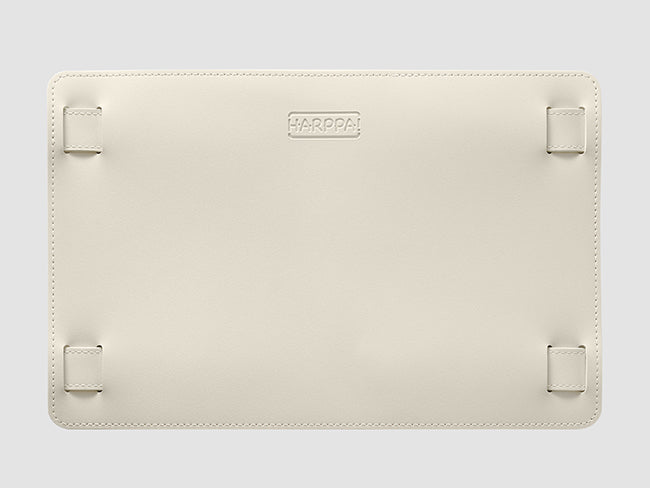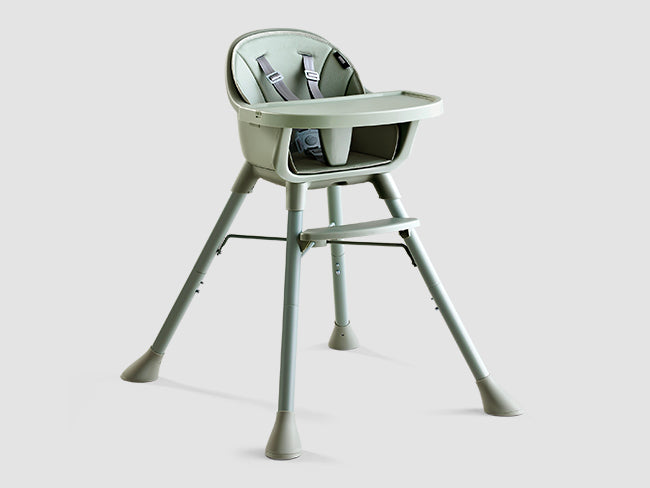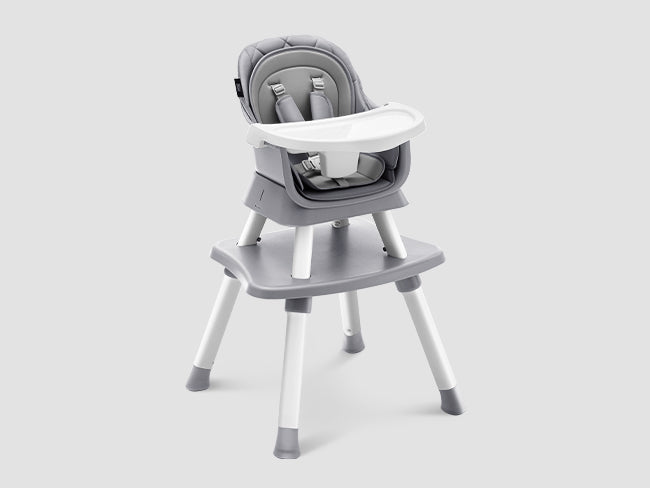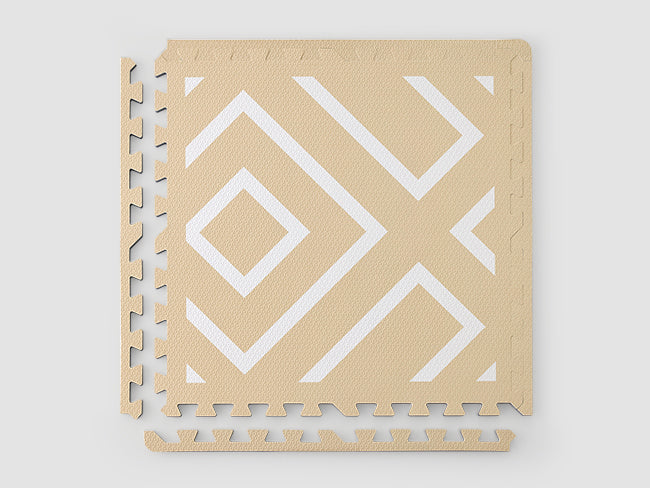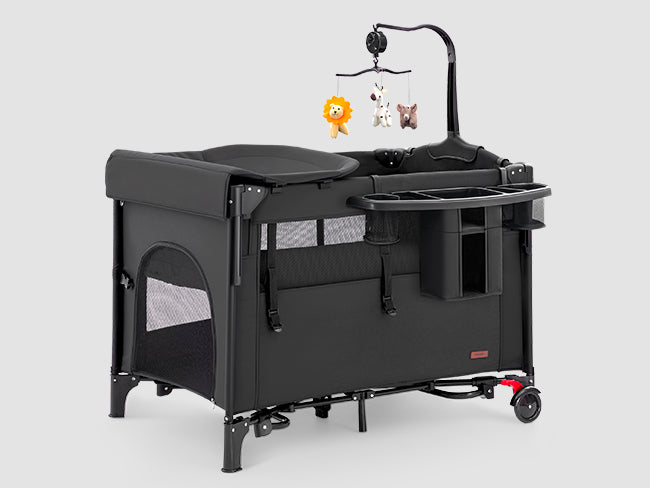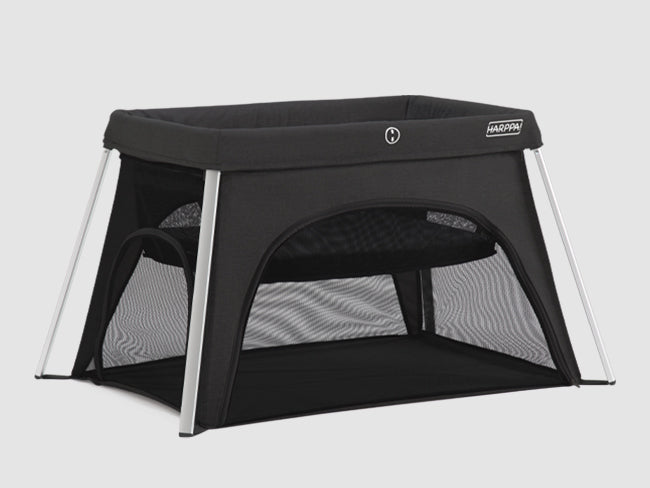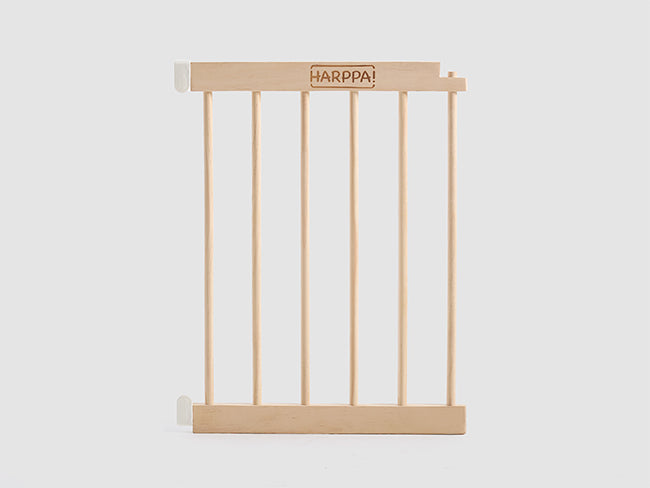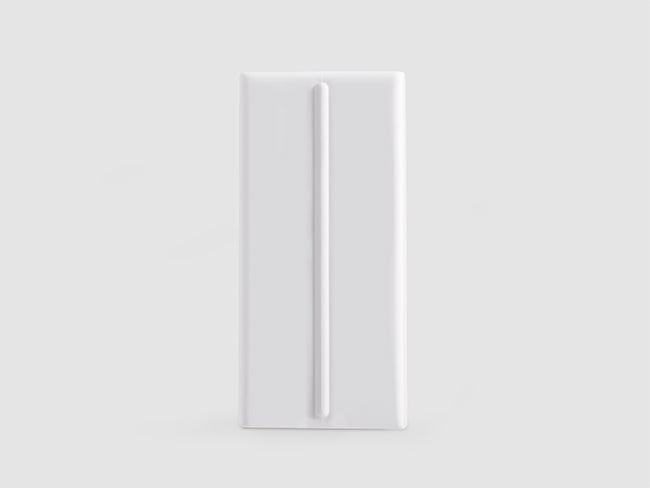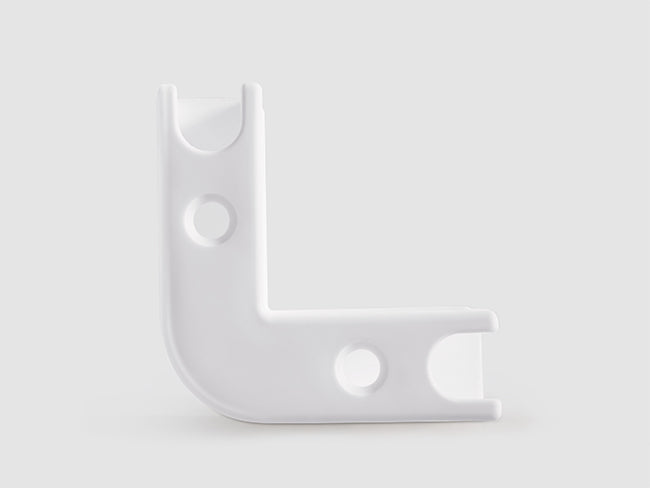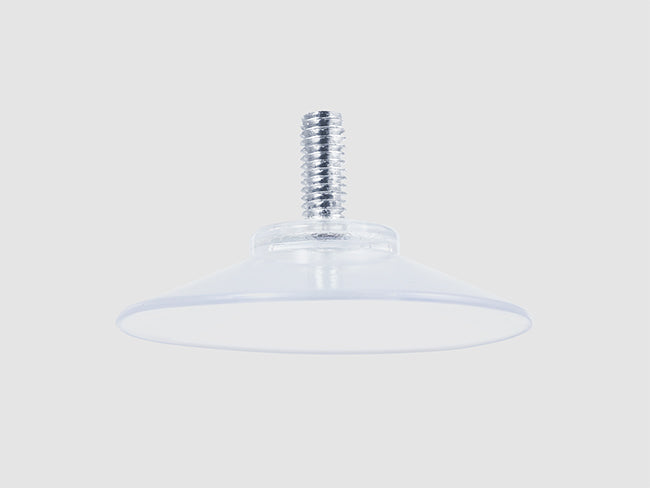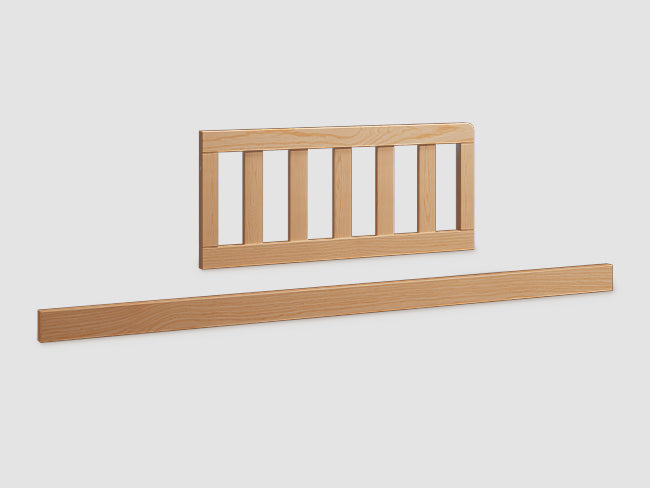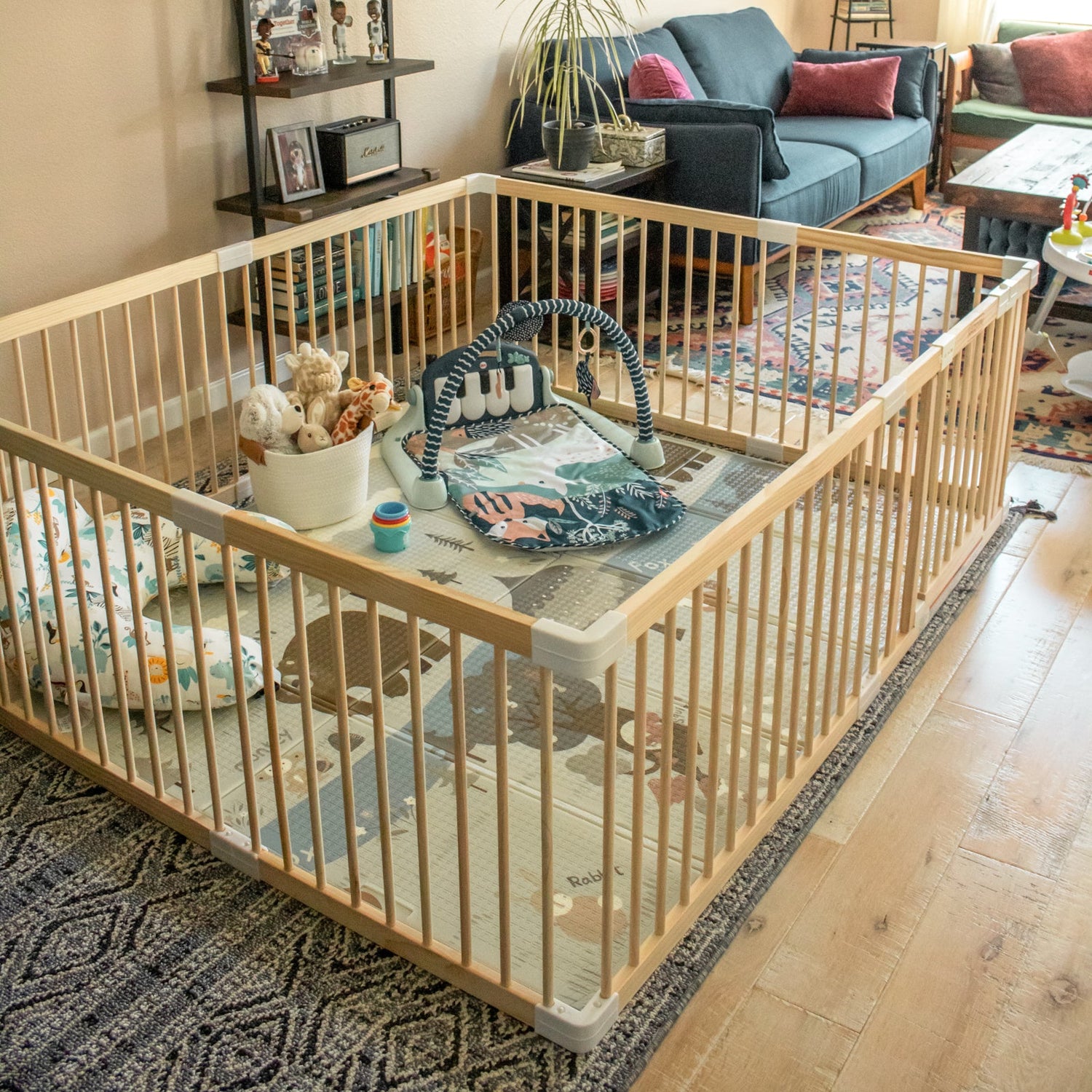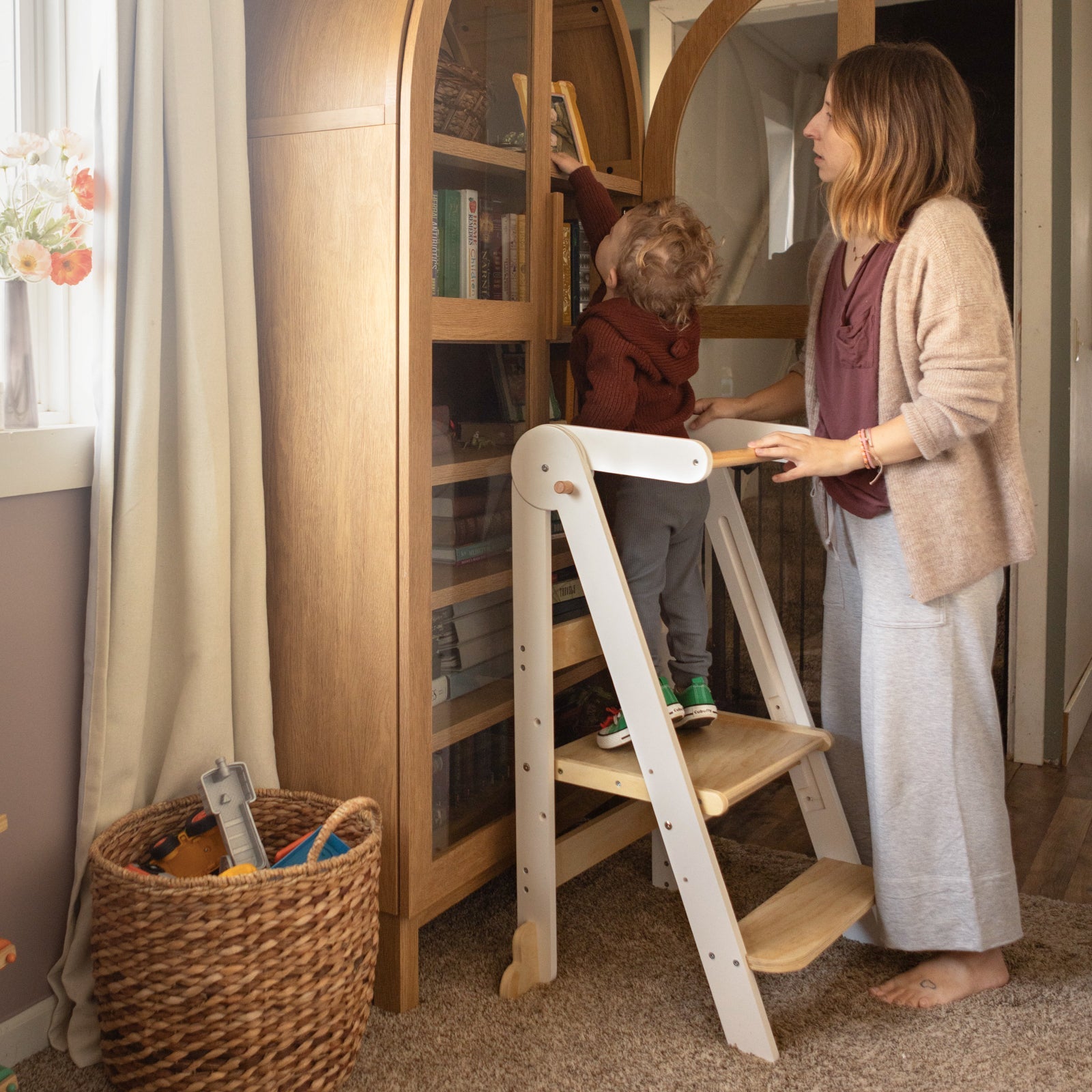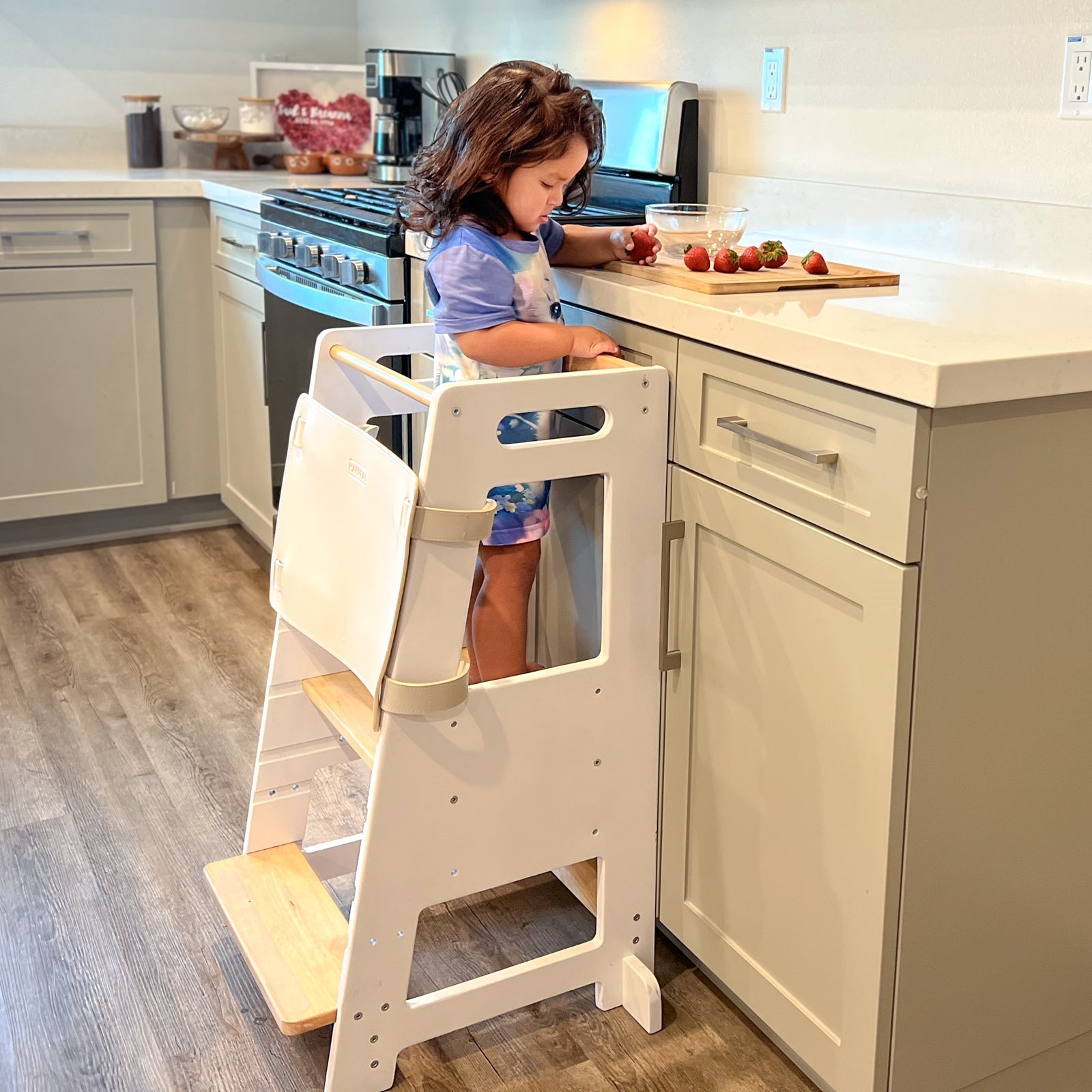In modern urban homes, parents care not only about safety and functionality but also about how children’s spaces integrate with overall home design. HARPPA’s wooden children’s products—including playpens, kitchen step stools, and learning furniture—meet this need perfectly. Made from safely treated natural wood, they retain warm grain and tactile appeal while being non-toxic and environmentally friendly, allowing children to interact safely. Clean lines, warm tones, and natural wood textures make children’s spaces both functional and aesthetically pleasing, integrating them seamlessly into the home rather than forming cluttered isolation zones.
Material and Touch: The Foundation of Safety and Aesthetics
HARPPA wooden products are treated with safe finishes, ensuring non-toxicity and rounded edges. Children can touch step stool rails or playpen edges and experience both the warmth of the wood and the stability of the structure. Compared with plastic or metal, wood provides superior tactile and visual warmth and integrates naturally with modern home aesthetics.
Design details include stable joinery and anti-slip pads for playpens and wide steps with railings for kitchen step stools, ensuring safe use while maintaining clean, minimalist design.
Everyday Exploration and Independent Operation
Wooden children’s products are more than decorative—they are tools for independent exploration. In the living room, a HARPPA wooden playpen defines a safe area for children to build with blocks, do puzzles, or organize toys. Each grasp, stack, or adjustment develops fine motor skills and spatial awareness. Parents can quietly observe or give minimal guidance, allowing children to learn self-management and a sense of order naturally.
Kitchen step stools enable children to participate in daily life. In the morning, they can stand on the stool to wash hands, stir oatmeal, or pass fruit to parents preparing breakfast. Each action fosters independence and responsibility: controlling water flow, gripping utensils, coordinating hands and feet, and maintaining balance. Parents can set sequential tasks—wash fruits, cut them into pieces, place in bowls—helping children develop focus, observation, and practical life skills.
Space Arrangement and Aesthetic Integration
Urban homes often face limited space. HARPPA wooden products excel due to their modularity, mobility, and adjustability.
In the living room, playpens define children’s activity zones while leaving room for parents. Warm wood tones and clean lines harmonize with sofas, rugs, and bookshelves. Adding a small rug, cushions, or soft toys enhances comfort and visual layering. In the kitchen, step stools can be moved to match countertop height, allowing children to participate safely without disrupting the overall aesthetic.
By maintaining consistent wood tones and minimalist design, parents can create orderly, aesthetically pleasing spaces where children explore, learn, and grow—even in small apartments.
Educational Value and Growth
Wooden children’s products offer safety, beauty, and educational benefits. Each interaction develops fine motor skills, hand-eye coordination, and spatial reasoning. Independent play in a playpen fosters concentration and self-management, while kitchen step stool activities teach sequence, cause-and-effect, and responsibility. Repetition and autonomous operation build confidence and joy in exploration.
Durable, treated natural wood ensures long-term use, adapting to children from infancy to preschool and participation in family life, providing lasting value for parents.
Conclusion
HARPPA wooden children’s products integrate safety, functionality, aesthetics, and educational value. Each playpen, step stool, or learning furniture piece expresses parents’ gentle support for independence, life skills, and aesthetic development. With natural materials, clean design, and thoughtful spatial arrangement, children’s spaces are safe, beautiful, and warm, balancing practical needs with order and comfort.


